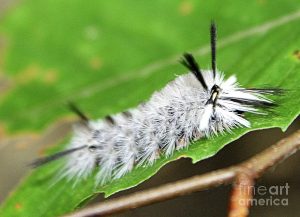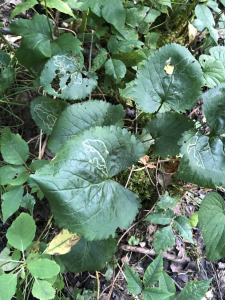In the chapter entitled “California Gulls,” Williams and her family initially believe that her mother’s cancer is gone only to find out hours later that this was a premature thought, and her mother’s cancer is not gone. Williams immediately starts describing how the California gulls saved Utah residents’ crops in 1848 by eating the crickets that were destroying the crops. To the people of Utah these birds are seen as their rescuers in a time of crisis. There is even a gold statue of a California gull in Salt Lake City to commemorate this event. To Williams the California gull symbolizes a savior and is mentioned in this chapter because Williams would like someone to save her mother the same way the Utahans were saved.
When I first read the chapter, I did not know what a California gull looked like, but I have googled it since. The gull is the bird in “Finding Nemo” that says “mine, mine, mine” over and over again. I have always associated the California gull with this memory of “Finding Nemo.” To me this fowl is the stereotypical gull at the beach, and they are a nuisance. I have learned that they are scavengers and will eat most things (including rodents) and will eat if they are flying, swimming, walking, or wading. I now have a new appreciation for them since reading this chapter in Refuge and can sympathize with the dream of having a hero come and save the day. Now that I know the folklore behind this bird, I will no longer consider them the ants of the beach.


